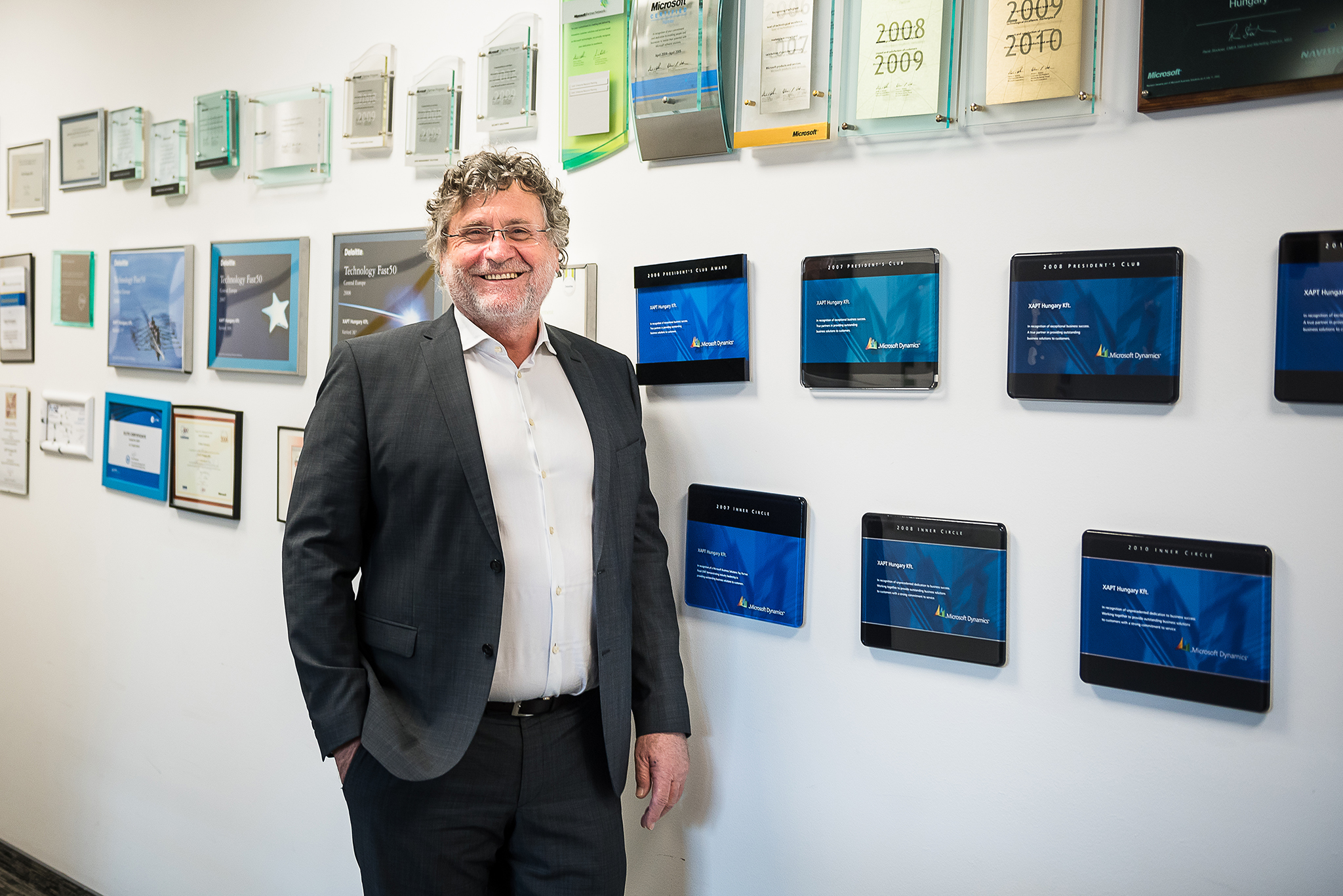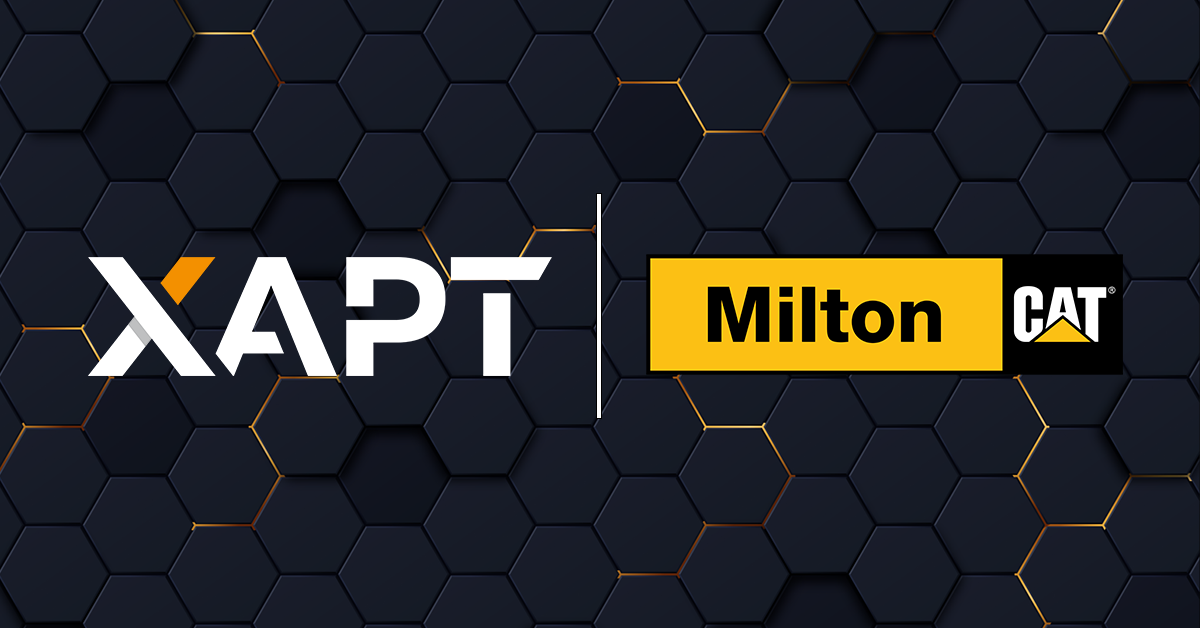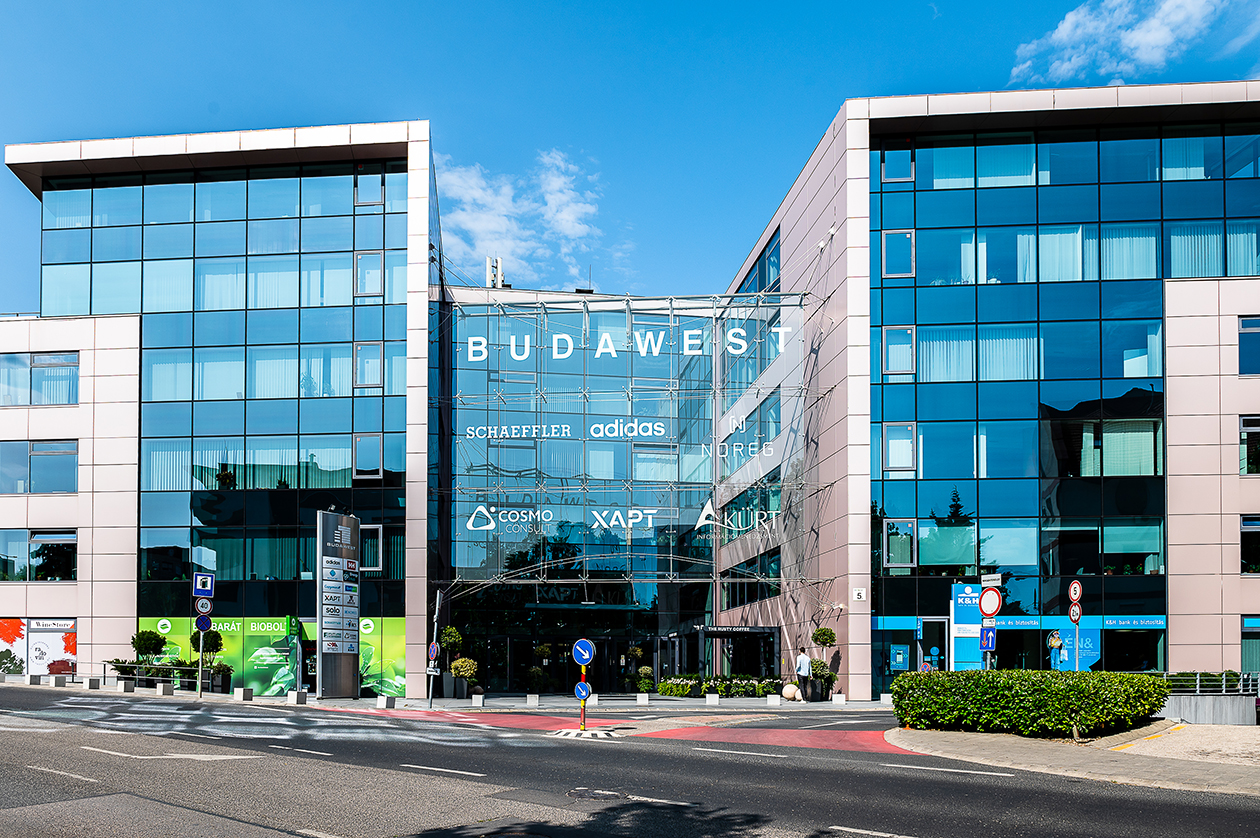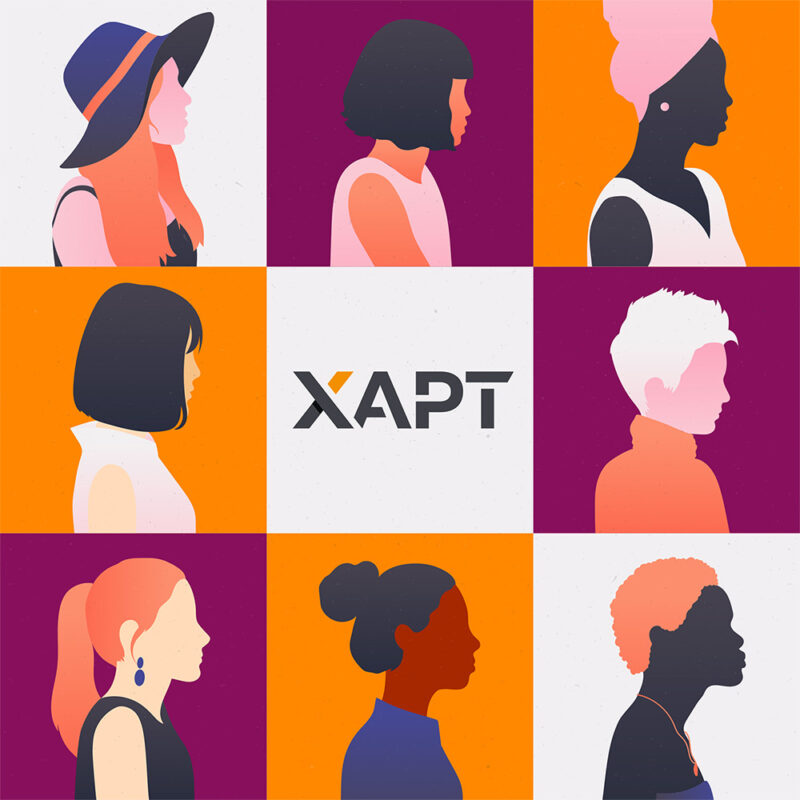
February 27, 2025
Celebrating 25 Years: Q&A with our Founder and CEO, Dr. Zoltan Schvarcz
Dr Zoltán Schvarcz is a key figure in the Hungarian and international IT market. He recognized the global shift towards flexible, customizable enterprise resource planning (ERP) systems and founded XAPT Hungary Kft. in 2000. The company has since become a leading global player in ERP and customer relationship management (CRM) solutions. Its flagship product, NAXT, built on Microsoft Dynamics, is explicitly designed for heavy equipment dealers and is now used in over 30 countries worldwide, from the United States to Australia.
What inspired the founding of XAPT? How did you choose Axapta as the foundation for your company’s success?
Since the early 1990s, I have worked with ERP systems, initially with a large-scale manufacturing management software, BPCS. Later, in 1994, I worked at Humansoft, where I was involved in the sales and implementation of the Scala system in Hungary. I soon realized that these early solutions had rigid architectures and were difficult to customize, which was a significant disadvantage for growing companies. Based on these experiences, I decided to establish a company that would offer a more flexible, faster-to-implement, and cost-effective solution. After evaluating more than 70 systems, we shortlisted three: Axapta, developed by Danish company Damgaard; another Danish system, Navision; and the American Great Plains. After extensive analysis, we chose Axapta because of its innovative and flexible nature, which aligned best with our business vision. In fact, we recognized its potential two years before Microsoft acquired it.
How did XAPT begin, and what challenges did you face at the start?
In what we would now call a startup, XAPT initially had just four employees handling everything from sales and development to implementation and support. One of the biggest challenges was the Y2K panic around the year 2000, which suppressed demand for new software. Securing our first clients was challenging because we were introducing an entirely new, untested product to the market right after the dot-com bubble burst. Our first customer purchased our system in December 2000, and remarkably, they are still using that Axapta version today.
What was your role in the company’s development?
I didn’t have a programming background, so I focused on business, technical, and logistics processes. Since childhood, I have been categorized as someone inclined towards technical matters, which has shaped my career path. However, during an MBA program in France, a personality test identified me as having strong sales potential. This led me to join Humansoft and launch the Scala division, which, by 1995, made Humansoft Sweden’s “Dealer of the Year.” This experience allowed me to combine my technical and business expertise with sales skills. XAPT’s success was built on dedicated, goal-oriented, and persistent work. I also convinced my colleagues that what we were creating was modern, unique, and valuable—something worth investing in and following our strategy.
What growth strategy led to success, and which key clients contributed to the company’s early development?
We targeted companies experiencing rapid growth and open to new technologies to enhance their competitiveness. During presentations, we didn’t just ask potential clients how they operated, but also what they couldn’t achieve with their current system or what new ideas they wanted to implement. Within days, we provided development proposals, often working through nights to present solutions quickly. This flexibility was crucial to our market success. We worked with well-known companies such as Diego, Marso, Masterplast, and Autonet. A significant milestone was working with Caterpillar’s Hungarian dealer, Huntraco, which laid the foundation for our future success. However, our most significant leap came with our entry into the U.S. market.
What key milestones shaped the company’s growth?
A defining moment came in 2002 when Microsoft acquired Axapta and Navision, integrating them with the previously acquired Great Plains software to form the Microsoft Dynamics product line. This determined XAPT’s future as a Microsoft partner. Another significant milestone was in 2007 when we won our first two North American projects: Florida-based Caterpillar dealer Kelly Tractor and Canadian tire wholesaler Fountain Tire. In 2013, we secured a significant project in Southeast Asia, implementing a system for 6,000 users across eight countries, including Australia, China, and Singapore. In 2012, we officially became Caterpillar’s recommended dealer system provider, leading to contracts with five U.S. dealers in 2013. In 2017, we spun off business areas unrelated to heavy equipment dealerships and began developing our new cloud-based system, which has since become our exclusive focus. By 2019, we started transitioning our clients to cloud-based solutions, and today, nearly half of our users operate on cloud systems.
How did a Hungarian SME successfully enter the U.S. market?
In our field, sales cycles are incredibly long, often requiring years to build trust before negotiations even begin. However, our first two projects in North America happened differently. As I mentioned, we won our first U.S. and Canadian projects in late 2007. In Florida, we entered the selection process at the very last stage and outperformed the other contenders. In Canada, we won a competitive bid, beating nine other applicants. By 2008, in the midst of the financial crisis, we had to decide whether to invest in expanding to the U.S. while managing two simultaneous projects. We took the risk, which involved significant logistical challenges—sending staff abroad, arranging their housing, managing projects, and establishing companies. This was particularly risky as we had minimal local knowledge and relied solely on a Hungarian team while development remained in Hungary.
Which achievements are you most proud of?
One of our greatest professional successes came in 2006 when Microsoft named XAPT “Axapta Partner of the Year” out of approximately 2,000 Axapta partners. This recognition, based on our results and client feedback, we achieved this entirely in Hungary. Over time, we became an increasingly important partner for Microsoft, earning Global ISV (Independent Software Vendor) status, which allowed us to integrate and license Microsoft Dynamics AX within our own solution.
On a personal level, I was honored when the Hungarian IT Association (IVSZ) named me “IT Leader of the Year” in 2010. However, I have always valued my team’s achievements above my individual recognitions.
How did XAPT become a market leader? Have there been acquisition offers from larger companies?
In the past ten years, we have had little direct competition. Most of the time, the question for potential clients wasn’t which system or supplier to choose, but whether to implement a new system at all. There haven’t been serious acquisition attempts, as our competitors operate on different platforms, and Microsoft has focused on acquiring more broadly applicable industry-agnostic solutions. Our clients operate highly complex technical, logistics, and financial processes. XAPT’s system is highly specialized and designed specifically for heavy equipment dealers.
What does XAPT mean to you personally?
For me, XAPT has always been more than a business—it has been my vocation, passion, and hobby. I never saw myself as an entrepreneur but as someone who wanted to create something unique. I never pursued other business opportunities—only what I knew and believed in. The company’s development was initially instinctive. I often say we succeeded because we didn’t think it was impossible. Our success came from making difficult, sometimes painful, short-term decisions for the sake of long-term strategic goals. From the beginning, our company motto has been a quote from Ralph Waldo Emerson: “Don’t go where the path may lead, go instead where there is no path…and leave a trail”. This mindset has driven our success, first in Hungary and then globally.
What are the company’s current situation and future prospects?
I am no longer involved in daily operations; the company is led by excellent colleagues. XAPT continues to grow, maintaining a strong presence in North and Central America and Southeast Asia while expanding into Europe and Africa. A significant challenge in recent years was transitioning from on-premise licensing to a cloud-based model. This shift radically altered our highly successful business model and significantly impacted our cash flow structure. Today, XAPT is at a size where its growth potential largely depends on its operational structure. Since we don’t follow the traditional ISV model but handle implementation and support ourselves, every project requires significant human resources and expertise. The long sales cycles and training periods create challenges in financial and HR planning.
In your view, how will technology shape XAPT’s future?
Artificial intelligence is playing an increasingly important role in decision support and accelerating development processes, significantly impacting XAPT’s systems. AI can now automate coding, debugging, and algorithm generation, dramatically increasing development speed. Testing remains crucial to ensure new developments don’t introduce unexpected issues. While AI and automation offer many advantages, they also pose significant security challenges, particularly in protecting business data and trade secrets. These are factors we must continuously monitor to balance efficiency and security.
Spread the Knowledge





